
May 7, 2025
– 14 minute read
Discover the different types of loyalty programs, how they work, and which one best suits your business to boost customer retention and long-term growth.

Cormac O’Sullivan
Author
Loyalty programs are everywhere, from your local coffee shop's punch card to Amazon Prime’s exclusive benefits. And for good reason. These programs are not just a nice add-on; they’re a powerful part of a smart marketing strategy. In today’s market, where customers have endless options, rewarding customers for their loyalty helps brands stand out. It’s no longer just about selling a product. It’s about building a long-term relationship that keeps loyal customers coming back.

What are Loyalty Programs?
Loyalty programs are systems that reward customers for repeated purchases and engagement. These programs often use point-based loyalty models, where customers earn and redeem points for discounts, free products, or exclusive experiences. Other variations of loyalty include tier-based programs, product-based programs, and membership programs.
5 Benefits of Loyalty Programs
A well-designed loyalty program does more than offer discounts; it can transform how customers interact with your brand. When built with purpose, it increases customer engagement, improves retention, and encourages advocacy. Here are the key benefits.
Boost Revenue and Retention
Loyalty programs encourage customers to shop more frequently and increase their overall spending. By rewarding return visits, especially through points-based systems, they create habits that keep customers engaged with your brand. Customers using Leat’s tier-based loyalty have increased their average order value by 20%. This leads to stronger retention, more consistent revenue, and long-term growth.
According to Harvard Business Review, improving customer retention by just 5% can lead to profit increases of 25% to 95%.
Build Stronger Customer Relationships
Loyalty initiatives help businesses move beyond transactional relationships. By offering personalized rewards, early access, and status recognition through tiered loyalty programs, brands show appreciation for their most engaged customers while increasing their RFM scores.
Simple gestures like sending birthday discounts or offering exclusive previews make customers feel seen and valued. With Leat’s marketing automation, you can easily send out personalized birthday rewards, ensuring every customer feels special. Over time, this fosters trust, emotional connection, and long-term brand loyalty.
Brand Differentiation
In crowded markets, a loyalty strategy can help a brand stand out. Unique features such as purpose-driven rewards in a value-based loyalty program or brand collaborations through a partnership loyalty program create distinctive experiences.
While competitors may race to the bottom with price cuts, your brand can offer memorable benefits that build customer preference and reduce churn.
Encourage Word-of-Mouth Marketing
Happy, loyal customers don’t just come back, they tell others. This makes word-of-mouth marketing one of the most powerful outcomes of a good loyalty program.
92% of consumers trust referrals from friends and family over traditional ads. Loyalty programs that offer shareable rewards, referral bonuses, or social media challenges turn satisfied users into enthusiastic brand ambassadors.
With Leat, you can incentivize customers to leave reviews and reward them for sharing their experiences, turning feedback into a powerful marketing tool.
Motivate Customer Behaviour
Loyalty programs are great tools to shape customer habits. Want users to shop through your mobile app, try new products, or increase order size? You can reward these actions directly.
With rewards-based incentives, gamified loyalty programs, or custom loyalty rules, you can guide customers toward the behaviours that benefit both them and your business.
By aligning rewards with strategic goals, you create win-win scenarios that drive sustainable growth.
Different Types of Loyalty Programs
Loyalty programs come in various forms, each tailored to specific business goals and customer behaviors. The most common type is a point-based or earn & burn loyalty program, where customers earn points for purchases and redeem them for rewards.
As you can see from the examples below, the types of loyalty programs are not always mutually exclusive. For example, you could have a tier-based, point-based, or product-based program that is also a gamified program.
Point-Based Loyalty Program
This is the most commonly used type of loyalty program. It works on a simple model: customers earn rewards, usually in the form of points for making purchases, and later redeem those points for discounts, free products, or other perks. This points-based loyalty program is easy to understand, which makes it ideal for businesses wanting to drive quick engagement.
With Leat’s points-based loyalty program, points earned can motivate shoppers to spend up to 20% more per order to unlock rewards. Even with a simple 1-point-per-€1 structure, up to 80% of buyers opt into the program. By offering immediate value, the program encourages repeat purchases and strengthens customer retention.
This type of program is especially effective when paired with a wallet pass, allowing customers to track points in real time and redeem them easily. Coupled with push notifications, this is a practical way to encourage customers to return more often.
Tiered Loyalty Program
A tiered loyalty program is designed to reward customers based on their level of engagement or spending. This system breaks customers into different tiers, such as bronze, silver, and gold. Each level unlocks progressively better rewards and benefits. The more customers spend or engage with a brand, the higher they climb in the tier system, offering them exclusive perks such as larger discounts, early access to new products, or VIP customer service.
With Leat’s tiered loyalty feature, you can fully customize the rules for each tier and automatically trigger personalized emails when customers advance, highlighting their new benefits.
This type of program is effective for increasing customer retention, as it motivates customers to reach the next tier by making purchases or engaging with the brand more frequently. It also helps brands differentiate themselves, as customers feel more valued and recognized as they advance through the tiers. For example, a travel company might offer special benefits like free upgrades or lounge access to its highest-tier members, driving customer loyalty and satisfaction.
Product-Based Loyalty
A product-based loyalty program rewards customers for purchasing specific items rather than simply spending a certain amount. This approach allows businesses to incentivize repeat purchases of high-margin, newly launched, or strategic products, driving targeted engagement.
This type of loyalty program is particularly effective for coffee shops or other businesses that have one core product.
At Leat, we’ve taken product-based loyalty to the next level with our new Orders API. External integration partners can now push the entire order data, not just the total purchase amount, into our system. That means our clients can reward customers based on the exact products they buy. This is a major game-changer. Instead of generic rewards for spending, businesses can now recognize and incentivize product-level behavior. Want to boost sales of a new skincare line? Or reward loyalty to a best-selling supplement? With product-level data, it’s all possible automatically and seamlessly.
This opens up powerful opportunities for personalization. Brands can set up tailored rewards for specific SKUs, categories, or purchase patterns, turning customer data into action. And when combined with other loyalty structures like earn & burn or tiered programs, product-based loyalty adds a new layer of precision and impact.
Unified Loyalty Program
A unified loyalty program integrates multiple customer touchpoints: online, in-store, mobile apps, and social media into one seamless experience. Customers can earn and redeem rewards across all platforms, creating a consistent and unified brand experience no matter how they interact with the business.
With Leat’s 40+ integrations, you can connect your loyalty program effortlessly across e-commerce platforms, POS systems, and marketing tools, ensuring customers enjoy a truly unified experience.
Unified loyalty programs are particularly effective at improving customer retention and engagement, as they make it easy for customers to engage with the brand in ways that are most convenient for them. By offering a smooth, integrated experience, businesses can create stronger emotional connections with their customers, leading to increased brand loyalty and sustained customer relationships across different channels.
Paid Loyalty Program
A paid loyalty program requires customers to pay an upfront fee to access exclusive perks and benefits. Unlike free programs, where rewards accumulate through purchases or actions, paid programs offer immediate value in exchange for the membership fee. These programs often include premium rewards such as exclusive products, higher discounts, free shipping, or priority customer service.
Paid loyalty programs are highly effective for encouraging customer commitment and increasing customer lifetime value. They create a sense of exclusivity, making customers feel like they are part of a VIP group. For businesses, these programs generate consistent revenue and attract customers who are willing to invest in a deeper brand experience, ultimately driving higher engagement and retention.
Gamified Loyalty Program
A gamified loyalty program uses game mechanics such as challenges, points, badges, and earning rules to encourage customer engagement and enhance the overall loyalty experience. By incorporating elements like competition, achievements, and rewards, gamified programs make earning points and rewards more enjoyable and interactive.
With Leat, you can design engaging game-like experiences by creating different tiers and even offering point multipliers during special events like happy hours.
Gamification taps into customers’ desire for fun and achievement, making the loyalty program feel like a game. This approach increases customer engagement by adding an element of excitement and motivation to repeat purchases. It’s particularly effective at fostering long-term loyalty, as customers enjoy the journey of unlocking new rewards and advancing through different levels of the program.
Visit-Based Loyalty Program
A visit-based loyalty program rewards customers based on the number of times they visit a business, rather than the amount they spend. This model is particularly effective for businesses with frequent, lower-ticket transactions such as cafés, salons, fitness centers, or casual dining establishments. Instead of tracking spending, the system tracks visits, rewarding customer loyalty through consistent engagement.
With Leat’s wifi integrations, you can truly track the visits rather than just tracking transactions.
Visit-based loyalty programs are simple and easy to understand, which makes them especially attractive to time-pressed customers. They’re often implemented through digital check-in systems that automatically track visits and alert customers when they’re close to earning a reward. This predictability boosts motivation and creates a clear incentive for return visits.
Partnership Loyalty Program
A partnership loyalty program involves collaboration between two or more brands to offer joint rewards and benefits to customers. Instead of earning rewards within a single brand, customers can accumulate points or perks across multiple brands involved in the partnership. This expands the rewards pool and provides more value, encouraging customers to engage with several businesses.
For example, an airline might partner with a hotel chain, allowing customers to earn points for both flights and stays, which they can redeem for discounts or upgrades at either business. This type of program increases customer engagement by offering more diverse rewards and experiences.
Partnership loyalty programs also help businesses tap into each other’s customer base, expanding their reach and attracting new customers. Customers enjoy a more flexible rewards system, while brands benefit from increased exposure and cross-promotion.
Community Loyalty Program
A community loyalty program focuses on building strong relationships among customers who share similar interests or values, creating a sense of belonging and exclusivity. This type of program rewards customers for engaging with a brand’s community, whether through social media participation, attending events, or contributing content.
Community loyalty programs foster deeper connections by making customers feel like they are part of a larger, shared mission. This sense of belonging not only increases customer engagement but also encourages word-of-mouth marketing as members promote the brand within their communities. The more customers feel part of a brand’s mission, the more likely they are to stay loyal and advocate for it.
Value-Based Loyalty Program
A value-based loyalty program rewards customers for supporting a brand's core values or engaging in specific behaviors that align with those values. Unlike traditional programs focused solely on purchases, this type emphasizes rewarding actions that reflect a customer’s connection to the brand's mission or social causes. For example, a brand focused on sustainability may offer points or rewards for actions like recycling products, supporting eco-friendly initiatives, or choosing green alternatives.
This approach builds a deeper emotional connection with customers by aligning rewards with shared values, fostering a sense of purpose beyond just financial transactions. Customers are more likely to stay loyal when they feel their purchases contribute to causes they care about. Brands like Patagonia or TOMS have successfully utilized this model by rewarding customers who engage with their environmental or social initiatives, thus strengthening customer loyalty and advocacy while promoting brand values.
10 Examples of Loyalty Programs

Point-Based Loyalty Program: Starbucks
One of the most popular examples of a points-based Loyalty program is the Starbucks Rewards Program. Customers earn "Stars" with every purchase, which they can later redeem for free drinks, food items, or special offers. The more customers spend, the faster they accumulate Stars, creating a constant incentive for repeat visits.
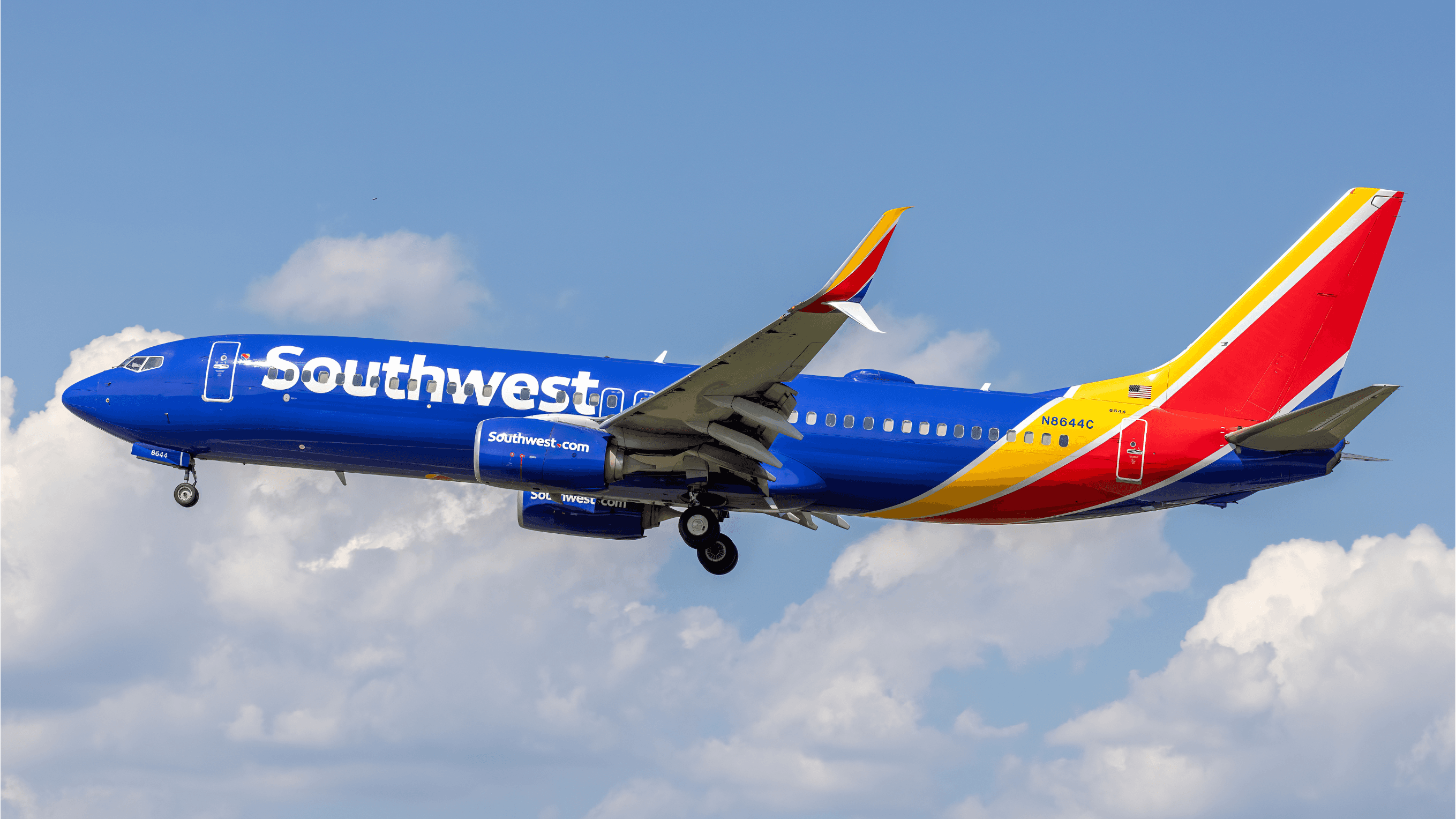
Point-Based Loyalty Program: Delta SkyMiles
Similarly, Airline frequent flyer programs, such as Delta SkyMiles, allow customers to accumulate miles with each flight. These miles can be redeemed for free flights, seat upgrades, or other travel perks, encouraging customers to continue flying with the airline.
Both examples showcase how point-based loyalty programs incentivize customer loyalty by offering clear rewards in exchange for ongoing purchases. This system helps businesses boost customer retention and drive more frequent purchases, while customers enjoy the satisfaction of earning tangible rewards they can use to save money or enjoy extra benefits.

Tiered Loyalty Program: Sephora
A prime example of a tiered loyalty program is Sephora's Beauty Insider Program. Sephora offers three levels: Insider, VIB (Very Important Beauty), and VIB Rouge. Customers start at the Insider level and earn points with each purchase. As they spend more, they move to higher tiers, unlocking better rewards such as exclusive discounts, early access to new products, and personalized beauty services.

Tiered Loyalty Program: Hilton Honors
Another example is the Hilton Honors Program, which has multiple levels ranging from Member to Diamond status. Members earn points for hotel stays, with higher tiers providing perks like free upgrades, access to VIP lounges, and bonus point offers.
These tiered systems create a sense of progression and exclusivity, motivating customers to reach higher levels by increasing their spend or engagement. Tiered loyalty programs encourage long-term loyalty by offering escalating rewards, making customers feel more valued as they advance to higher statuses.

Value-Based Loyalty Program: Patagonia
A great example of a value-based loyalty program is Patagonia's Worn Wear Program. This program rewards customers for purchasing used, refurbished gear or for repairing their old products, emphasizing sustainability and environmental responsibility. Customers receive store credit for their actions, aligning rewards with the brand’s eco-conscious values.
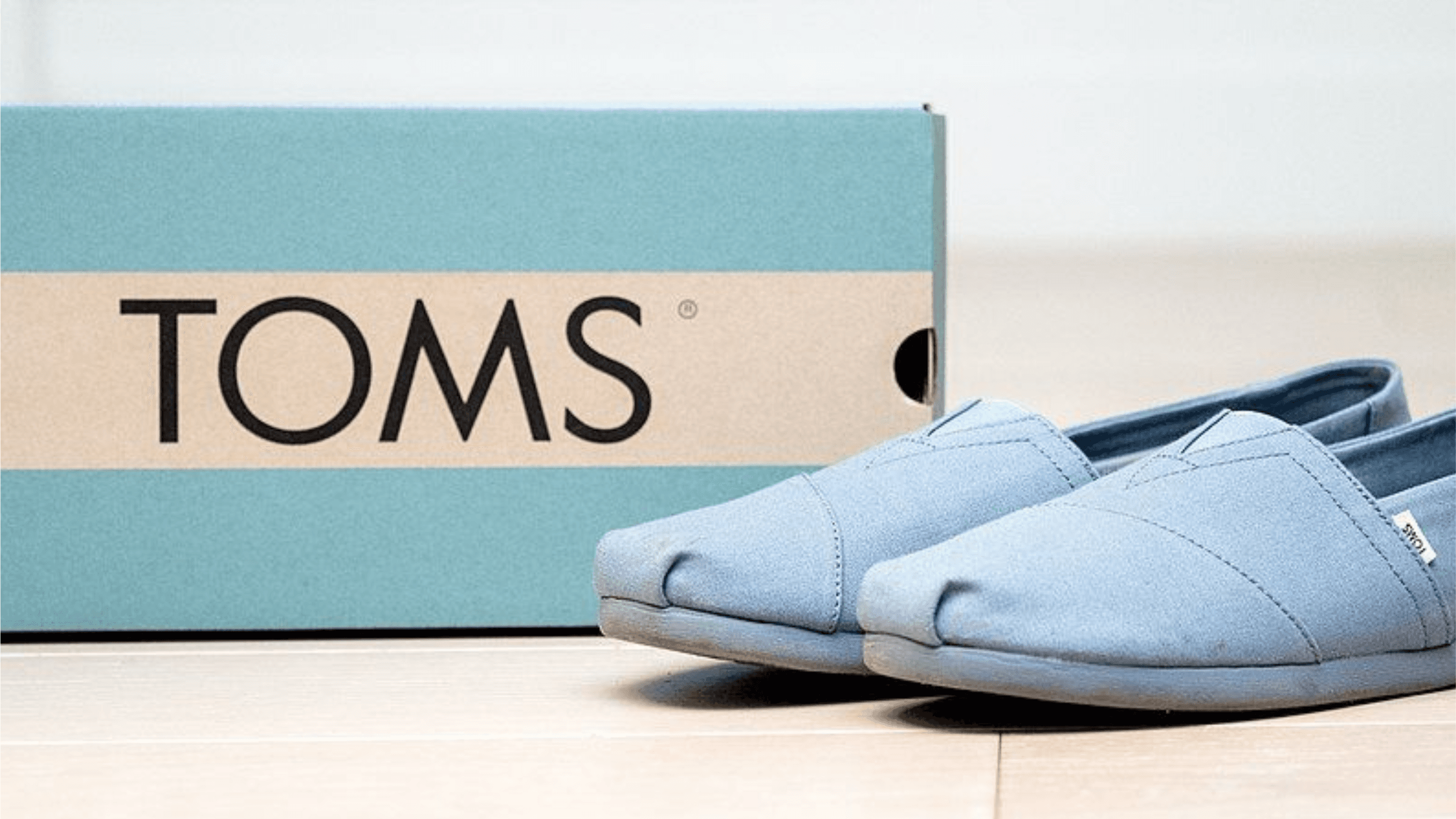
Value-Based Loyalty Program: TOMS
Similarly, TOMS implements a value-based program that rewards customers for participating in socially responsible activities. For every purchase made, TOMS donates a pair of shoes to someone in need, allowing customers to feel part of a greater cause. In return, customers may also receive special discounts or early access to new collections.
Value-based programs resonate with customers who share the brand’s values, creating deeper emotional connections. By rewarding actions that align with the company’s mission, businesses can foster stronger brand loyalty and engage customers who are passionate about supporting a cause while enjoying tangible rewards.
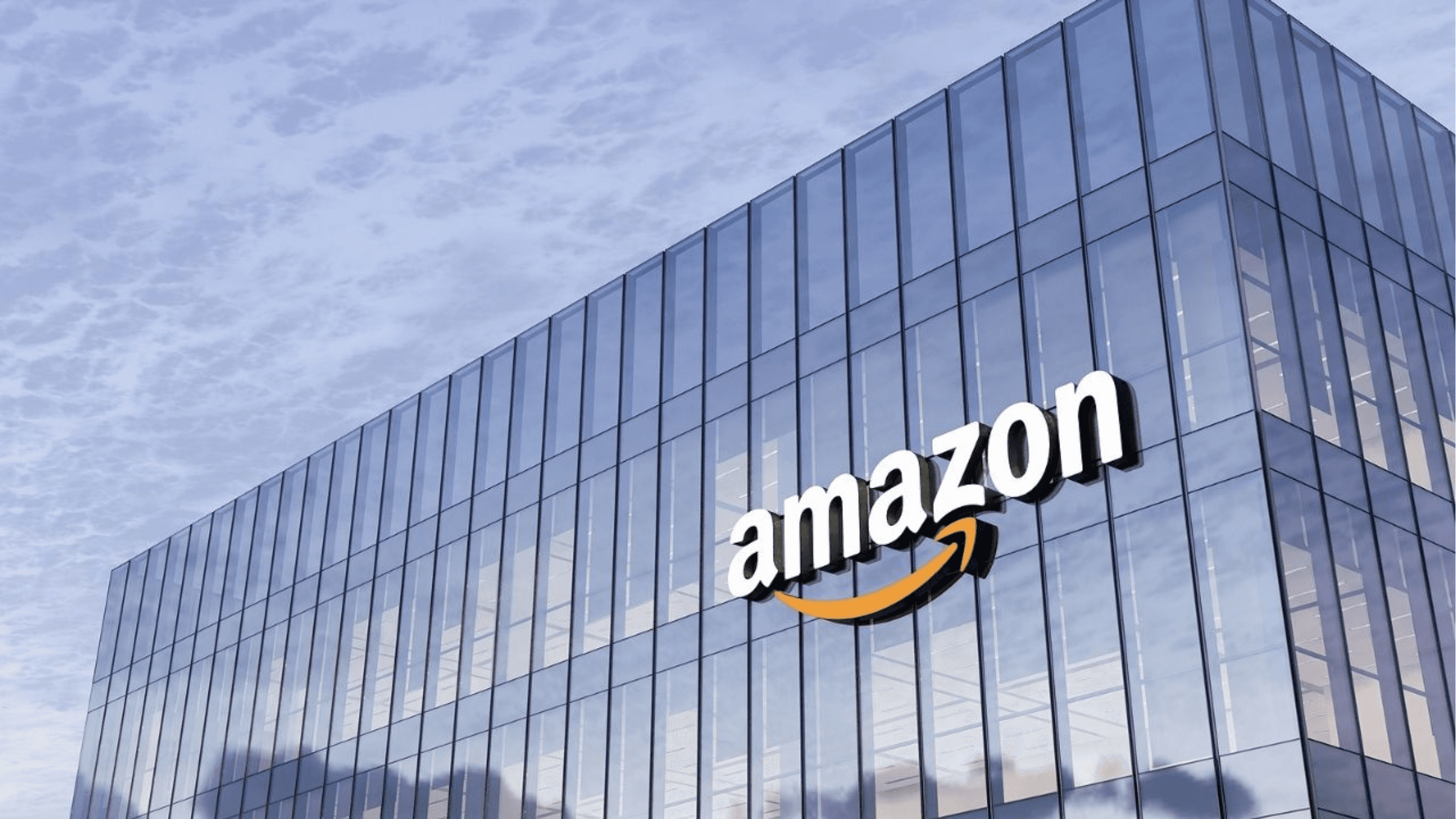
Paid Loyalty Program: Amazon Prime
A well-known example of a paid loyalty program is Amazon Prime. For an annual or monthly subscription fee, customers gain access to exclusive benefits, such as free two-day shipping, streaming video and music, and early access to lightning deals. The program has proven highly successful, generating consistent revenue while increasing customer retention and engagement.

Paid Loyalty Program: Walmart+
Another example is Walmart+. For a monthly or annual fee, members receive benefits like free same-day delivery on groceries, fuel discounts at partner gas stations, and access to mobile scan-and-go checkout. This program strengthens customer convenience while encouraging repeat purchases.
Paid loyalty programs create a sense of exclusivity, attracting customers who are willing to invest in more premium experiences. For businesses, they provide consistent revenue streams while fostering deeper brand loyalty. Customers are more likely to return, not only for the rewards but also because they feel they are receiving value from their membership.

Partnership Loyalty Program: AMEX
A great example of a partnership loyalty program is the American Express Membership Rewards program, which allows customers to earn points not just through purchases with American Express, but also through a wide network of partner brands, including airlines, hotels, and retailers. Customers can redeem their points across various partners, increasing the overall value of the rewards.
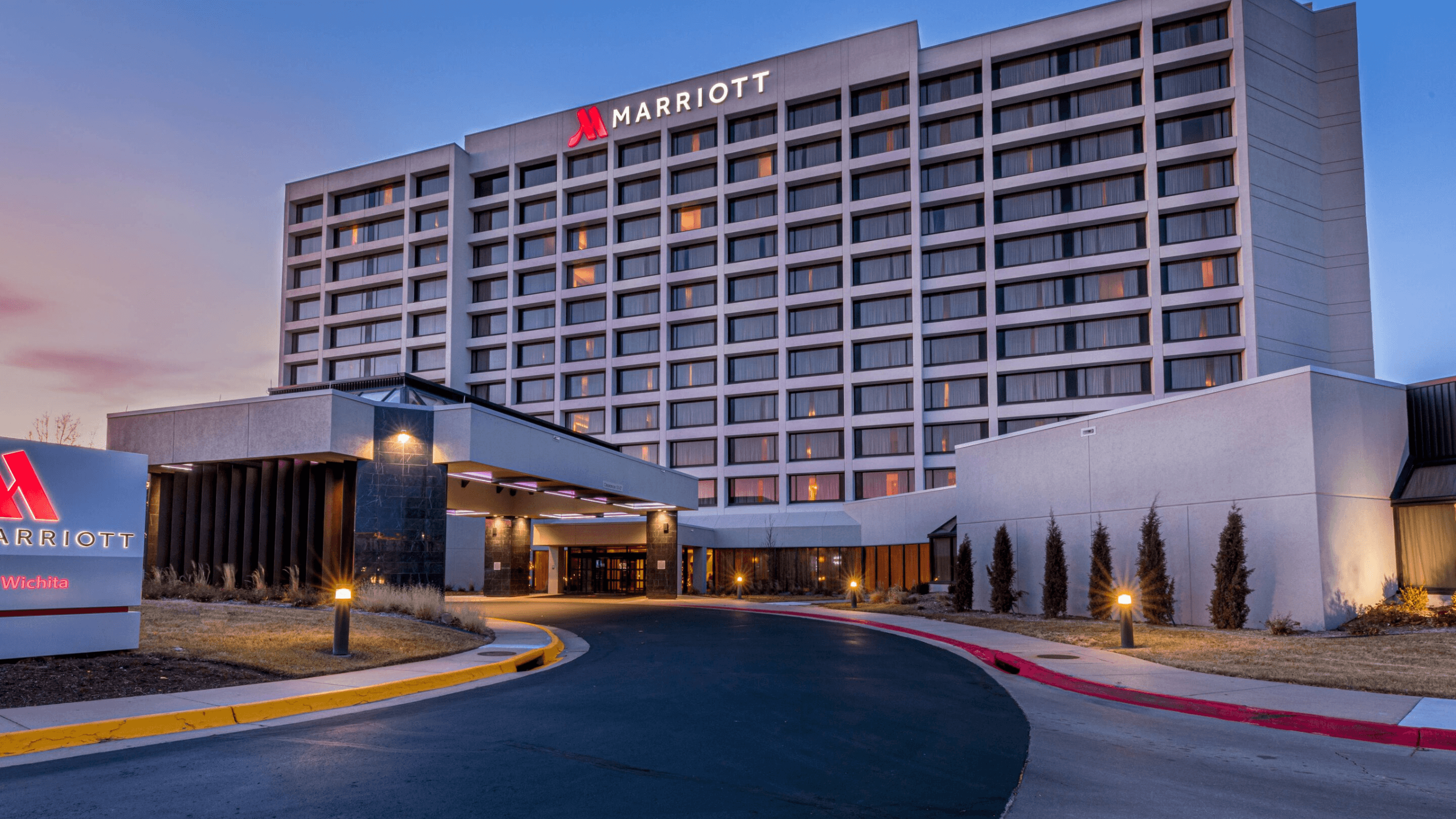
Partnership Loyalty Program: Marriott Bonvoy
Another example is the Marriott Bonvoy Program, which allows members to earn and redeem points at more than 30 hotel brands within the Marriott portfolio. Additionally, Marriott has partnered with airlines, car rental companies, and even dining services, making it easier for customers to accumulate and use points in multiple ways.
Partnership loyalty programs expand the reward options for customers, encouraging them to engage with a broader range of businesses. These programs benefit brands by cross-promoting each other, broadening customer bases, and increasing overall customer loyalty across multiple touchpoints.
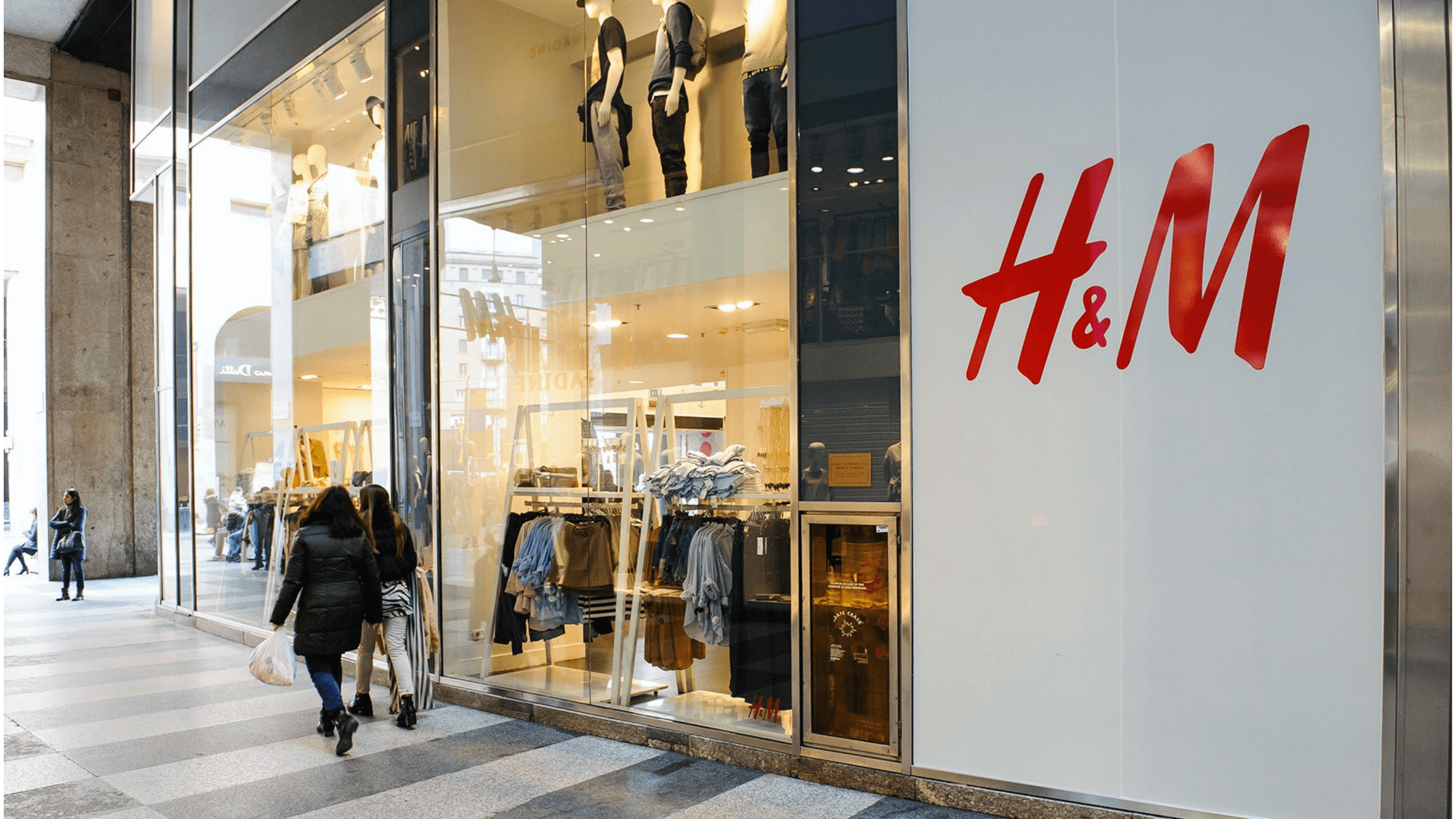
Unified Loyalty Program: H&M
A unified loyalty program integrates multiple customer touchpoints, allowing rewards to be earned and redeemed seamlessly across various platforms, whether online, in-store, or anywhere in between.
A great example is H&M’s Loyalty Program, which allows customers to earn points from both in-store and online purchases. Members can redeem rewards through the app, website, or in physical stores, and they also gain access to personalized offers and exclusive events. This unified structure creates a consistent experience across all channels, boosting engagement and customer loyalty.

Unified Loyalty Program: Nike
Similarly, Nike's Membership Program provides rewards for purchases made in-store, online, or via the Nike app. Members can also access exclusive events and product releases through any channel, promoting continuous interaction with the brand.
Unified loyalty like this ensures that customers enjoy a consistent experience, whether they're shopping online, using an app, or visiting a physical store.
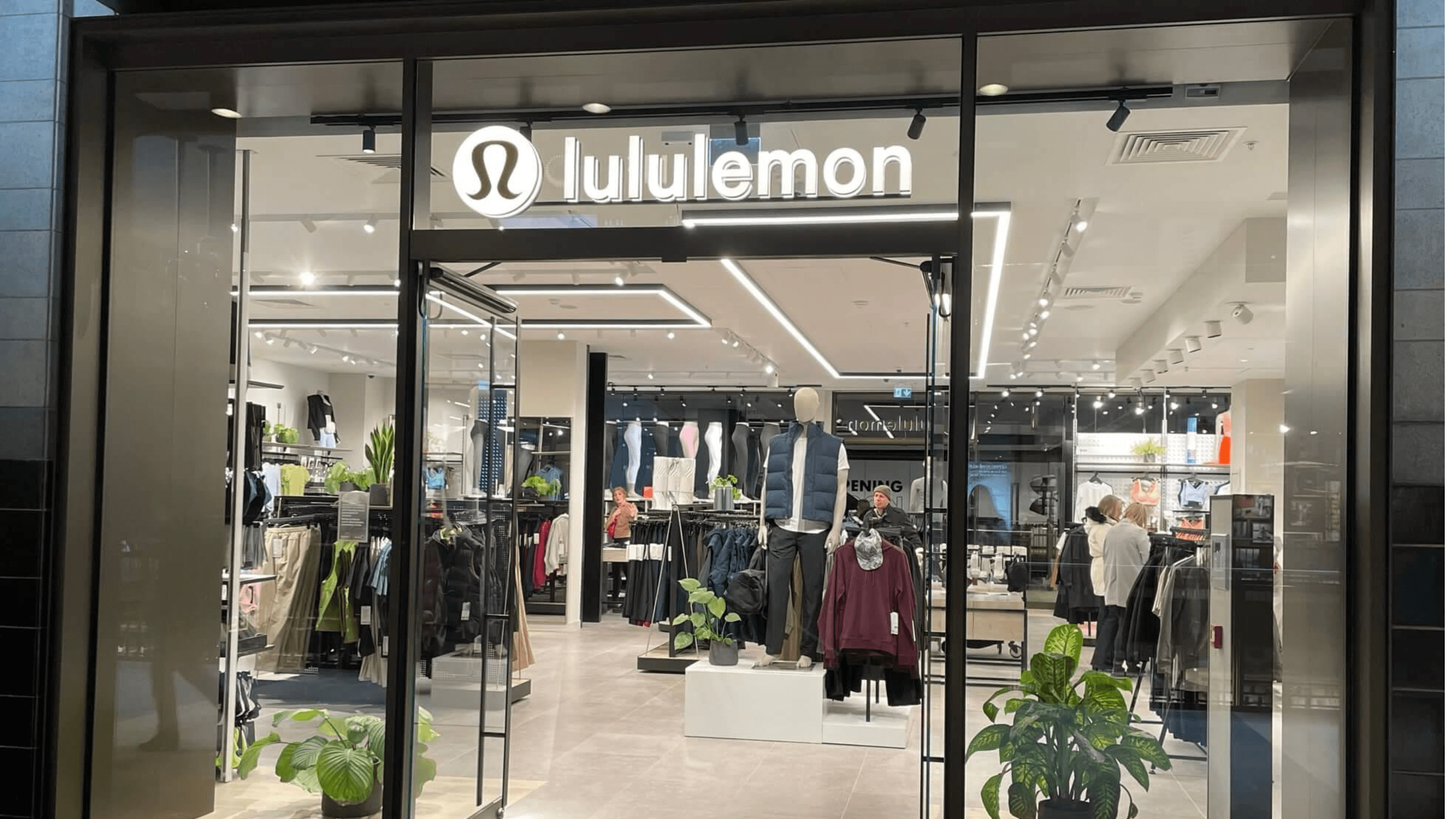
Community Loyalty Program: Lululemon
A community loyalty program focuses on rewarding customers for being part of a brand's community, not just for making purchases.
One example is Lululemon’s Sweat Collective, which rewards fitness instructors, athletes, and fitness enthusiasts. Members get special perks like discounts, early access to products, and invitations to exclusive events. By creating a wellness-focused community, Lululemon builds stronger connections with customers and encourages loyalty.

Community Loyalty Program: Harley-Davidson
Another example is Harley-Davidson’s Harley Owners Group (H.O.G.), which brings together motorcycle enthusiasts worldwide. Members gain access to exclusive rallies, local chapter events, special discounts, and a shared community identity. This sense of belonging fosters long-term loyalty and a strong emotional connection with the brand.
These programs create a deeper bond with customers by making them feel part of something more than just a transaction.

Visit-Based Loyalty Program: Floyd's 99
One common example of a visit-based loyalty program is the classic punch card system used by many coffee shops and quick-service restaurants. For instance, a card might be stamped with each purchase, and after 10 stamps, the customer receives a free coffee. While simple, this method is highly effective in driving repeat visits and creating habitual behavior. However, this is still tracking transactions rather than just visits.

Visit-Based Loyalty Program: TrainMore
A more modern example is the loyalty program offered by Barber Shop Chain Floyd's 99, where customers are rewarded with a free haircut after a set number of visits. The program is tracked digitally, making it easy for customers to follow their progress without keeping physical cards.
In reality, visit-based programs are most suitable for the likes of fitness studios and wellness centers. This is because the majority of their visits contain no transactions. For example, TrainMore gives its customers a $1 discount on their subscription fee every time they visit the gym.
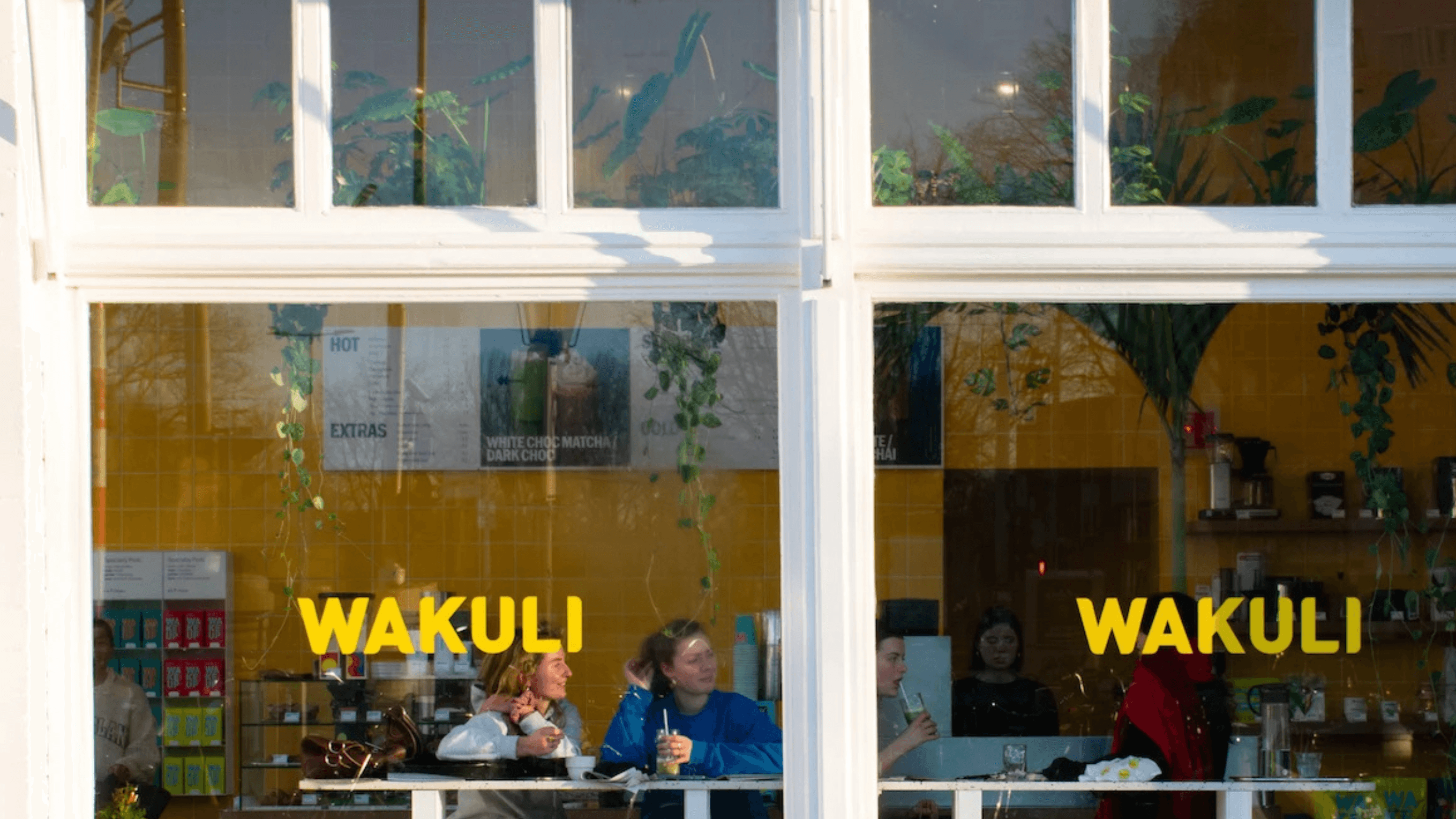
Product-Based Loyalty: Wakuli
Imagine a coffee brand rewarding customers with bonus points every time they purchase a specific product multiple times. Or a pet food retailer offering a free bag after every six purchases of the same item. These are classic examples of product-based loyalty, and now, with Leat's enhanced infrastructure, this level of targeting is scalable and automated.
For instance, one of our clients, Wakuli, leveraged product-based loyalty to boost sales in their cold beverages line. By offering double points on every cold beverage purchase, they not only encouraged repeat orders but also created a strong incentive for customers to try and return to this product category. Thanks to Leat’s Orders API, campaigns like these are easy to set up, run, and track in real time.
With product-based loyalty powered by Leat, businesses can move beyond generic rewards and start building habits, promoting strategic items, and making loyalty feel truly personal.
Gamified Loyalty Program: NikePlus
Nike's NikePlus Membership is a prime example of a gamified loyalty program. Members can track their workouts, set fitness goals, and earn points for completing challenges, such as running a certain distance or participating in fitness events. These points can then be redeemed for exclusive rewards like discounts or access to special products.
Gamified Loyalty Program: Duolingo
Another example is Duolingo, which gamifies language learning with features like streaks, XP points, and progress levels. Users are encouraged to complete daily lessons, unlock achievements, and compete on leaderboards. This game-like structure keeps learners motivated while fostering long-term engagement with the platform.
Conclusion
Loyalty programs are important for businesses looking to build stronger, long-term relationships with customers. By offering different types of programs, like earn & burn, tiered, value-based, gamified, and Unified, companies can meet the diverse needs of their customers. These programs not only encourage repeat purchases but also help create a deeper connection by aligning with customers' values, offering exclusive rewards, or providing fun challenges. Programs like Amazon Prime and Sephora’s Beauty Insider show how loyalty goes beyond discounts, boosting customer loyalty and retention.
The best loyalty programs are those that fit naturally into customers' everyday lives. By creating emotional connections and rewarding experiences, businesses can turn regular shoppers into loyal supporters.



